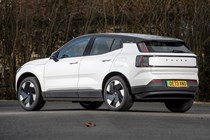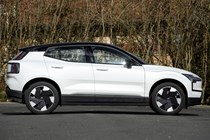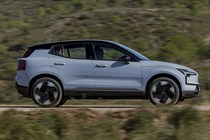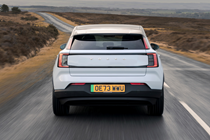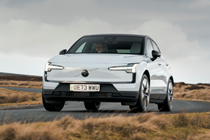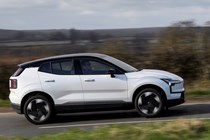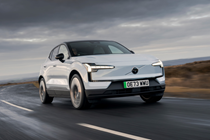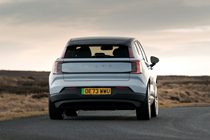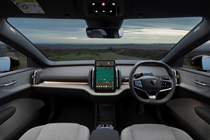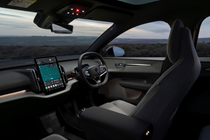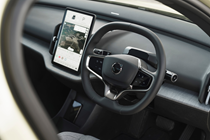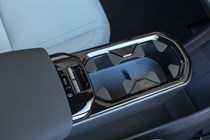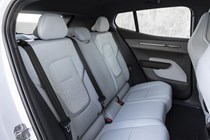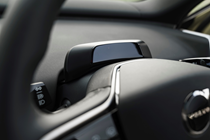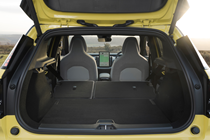
Volvo EX30 engines, drive and performance
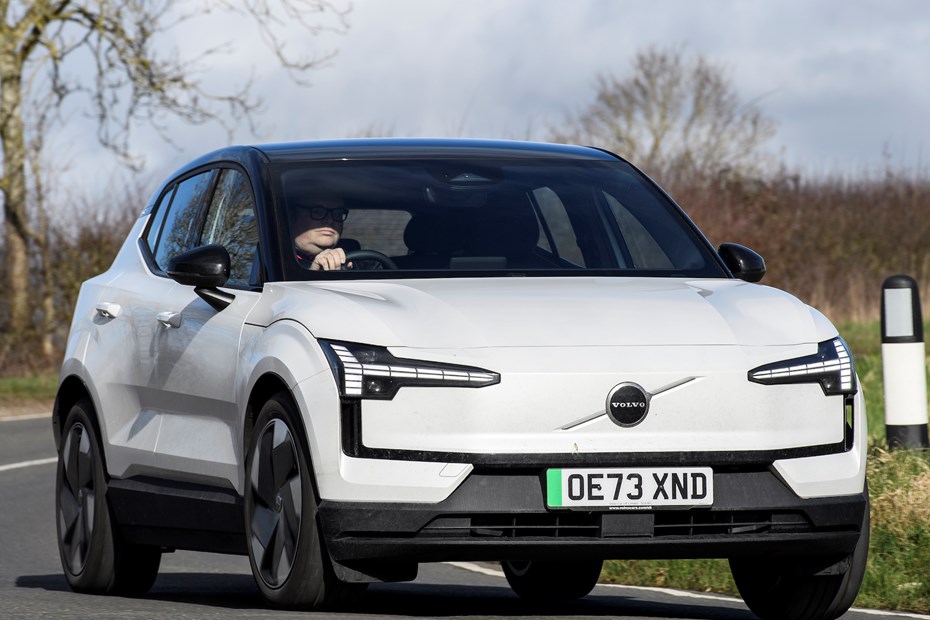
- Power ranging from 272 to 448hp
- All models have quick acceleration
- Easy to drive
What power options are there?
The EX30 is available with three electric power units: Single Motor, Single Motor Extended Range and a Twin Motor model. The base-line Single Motor model has an electric motor on the back axle that produces 272hp and 343Nm of torque. That’s about 40hp less than the xDrive 30 version of the BMW iX1 and 68hp more than a base-spec MINI Countryman E.
The car responds smoothly to inputs on the accelerator pedal, allowing for easy power modulation but with enough torque to get off of slip roads or away from traffic lights in a hurry when needs be.

For maximum power delivery, though, you’ll need to really plant your foot into the pedal as the first few inches of travel aren’t especially responsive. There’s minimal drama thanks to the EX30’s rear motor – you don’t get any of the wheelspin that characterises powerful front-driven electric cars such as the Kia Niro EV.
The Extended Range variant of the Single Motor EX30 has the same power output as the regular model, just with more miles in the battery. The Twin Motor model has an electric motor on both the front and back axle, producing 176hp and 272hp respectively for a combined total of 448hp and 543Nm of torque.
Regular Single Motor cars have a 0-60mph time of 5.4 seconds – already mighty quick for a relatively cheap small family SUV. Extended Range Single Motors can do better with 5.1 seconds while top-of-the-range Twin Motor cars can reach 60mph from a standstill in a 3.4 seconds.
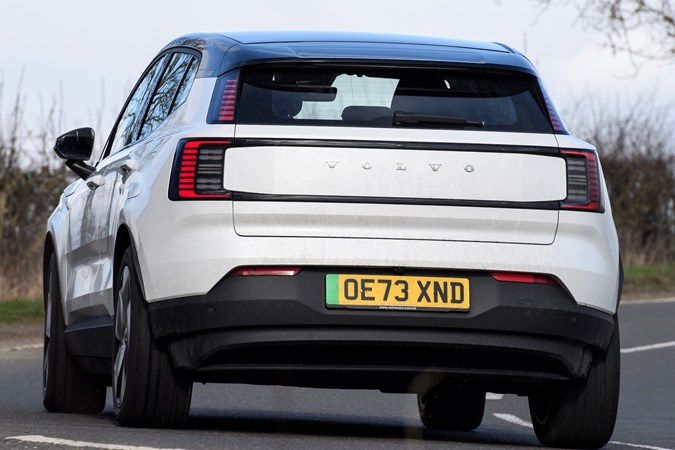
What’s it like to drive?
- Neat and tidy handling
- Not especially engaging
- Twin Motor cars very fast
The power delivery on a Twin Motor is very impressive, if a tad unnecessary in a family car like this. With all the extra weight onboard, the car doesn’t feel inclined to corner comfortably at any great speed, though it controls its body roll better than the Smart #1.
Some of the car’s handling characteristics, like the weight of the steering can be tweaked in the settings menu, but drive options are limited. There’s a ‘One Pedal’ mode that cranks up the EX30’s regenerative braking to slow it down to a stop without the use of the brake pedal, but we made most use of the Pilot Assist system on long motorway cruises. It responds well to moving traffic and switching lanes but can be a bit trigger-happy with the brake pedal when it senses a potential danger.
The ride is pleasant enough at low speeds or on the motorway but it’s sprung in a way that will unsettle you around down a B-road, although it no worse than the opposition and signmificantly better than the more expensive Mercedes-Benz EQA. It’s not a car that invites you to drive quickly, but rather one that’s orientated towards comfort over sportiness – much like its bigger siblings in Volvo’s electric SUV range.



